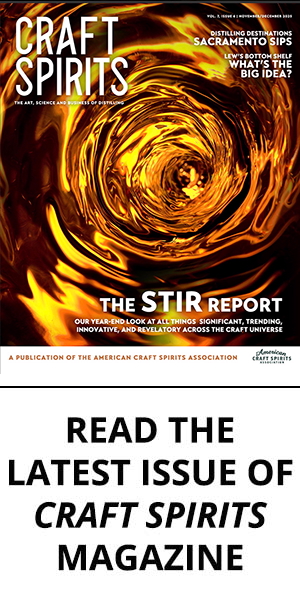In February 2021, Distillery 291 of Colorado Springs, Colorado, will move its production facility and tasting room from its Ivywild neighborhood home of over nine years to a new location north of downtown. The move will expand Distillery 291’s operations facility from 7,500 square feet to 12,000, with additional 12,000-plus square feet expansion plans for the new location already in the planning stages.
“Over the next twelve months, we hope to add enough distillation, fermentation, operations, and storage capacity to more than double our current production,” said Distillery 291’s CEO and founding distiller Michael Myers, in a press release. “I’m grateful for the memories at Tejon Street. It’s where we’ve grown as a company over the last nine years. But I’m really excited to take this next step in order to serve the growing demand for 291 Colorado Whiskey within the state and our expanded distribution across the country.”
With the additional space, Distillery 291 will increase production from six whiskey barrels per week to 12 whiskey barrels per week, plus room to store the aging barrels. Over the next few years, 291 has a goal of reaching 45 whiskey barrels per week.
The space at 4242 N. Nevada Ave. was formerly the home of Colorado Gold Distillery, which has closed and may reopen in another state or decide to bow out of the market entirely, according to Colorado Springs Indy.
As always, 291’s Colorado Whiskeys portfolio will continue to be produced from grain to barrel to bottle in Colorado Springs. Additionally, the new 291 tasting room will continue to make the full line of 291 products available on-site, as well as cocktails to-go. In accordance with Colorado regulations, 291 staff will continue to conduct small group tastings by reservation, and distillery tours will resume as soon as it is safe to do so.
The new facility comes on the heels of winning a “Colorado Companies to Watch” award and continued growth in distribution. During this past year, the team has expanded the availability of its whiskeys from a handful of key markets to retail outlets in 43% of the U.S., as well as adding e-commerce available to 40 states.

